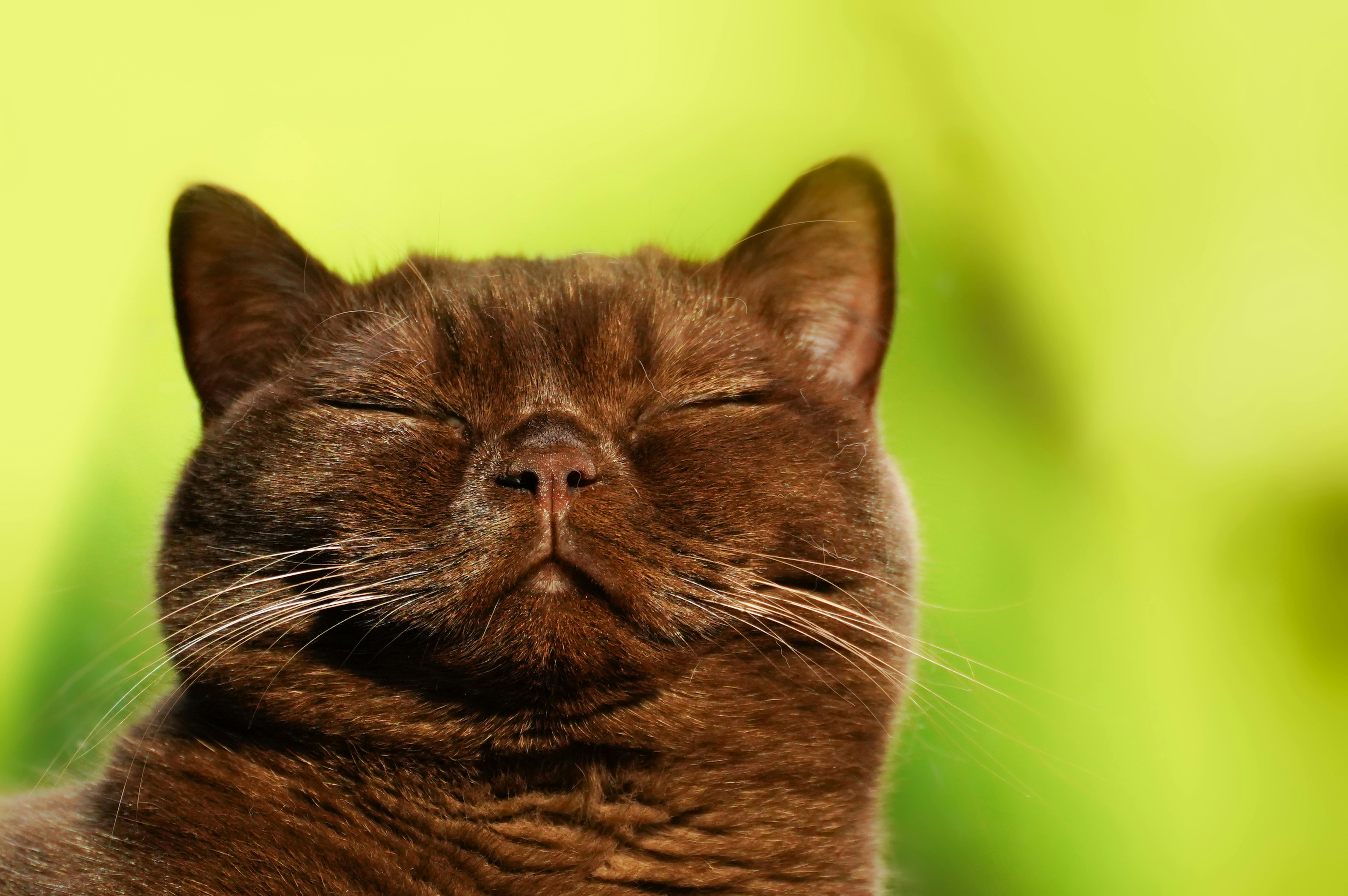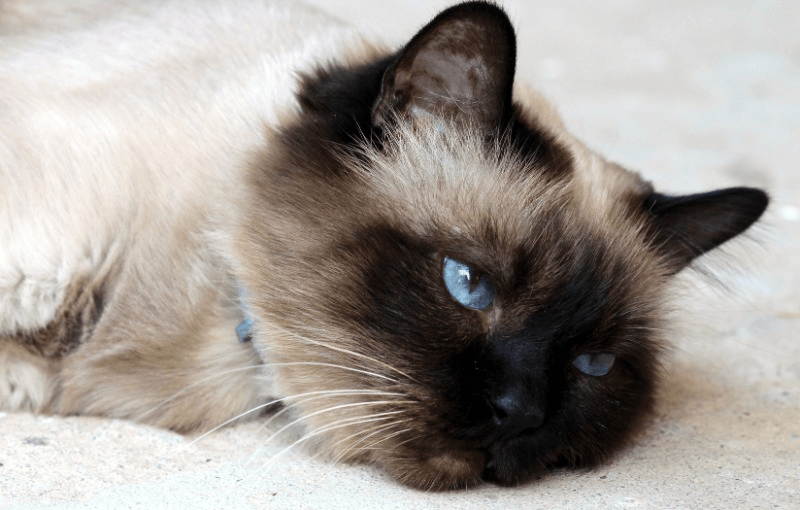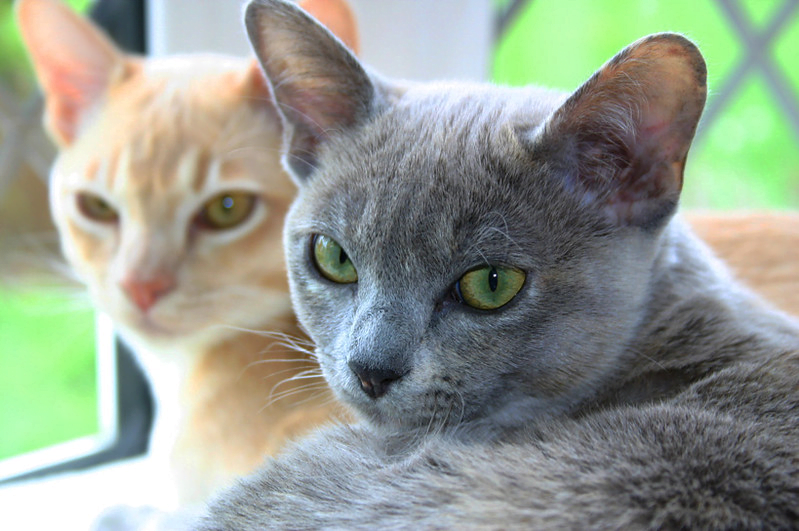The Burmese culture, rich in tradition and history, offers a fascinating glimpse into the lives of the people of Myanmar. With its unique blend of influences from neighboring countries, it stands as a testament to the resilience and adaptability of the Burmese people. The language, an integral part of this cultural tapestry, serves not only as a means of communication but also as a vehicle for preserving centuries-old traditions and folklore. As Myanmar continues to open up to the world, understanding the nuances of Burmese culture and language becomes essential for anyone looking to engage with this vibrant country on a deeper level.
Key Takeaways
- Burmese cats are a great choice for families due to their affectionate and playful nature, as highlighted in the Breed Overview section.
- Regular health check-ups and proper grooming are crucial for maintaining a Burmese cat’s health, as discussed in the Health And Care section.
- Creating a stimulating environment with toys and interaction can enhance the well-being of a Burmese cat, as mentioned in the Living with a Burmese section.
- When considering adding a Burmese cat to your family, it’s important to seek reputable breeders or adoption centers, as advised in the Breeder Advice and Adoption section.
- Understanding the unique characteristics and needs of Burmese cats, as outlined in the Misc. section, can help potential owners provide the best care.
- By following these guidelines, you can ensure a happy and healthy life for your Burmese cat, making them a beloved part of your family.
Breed Overview
History
The Burmese breed boasts a rich history that stretches back to its roots in Southeast Asia. This region is known for its deep cultural heritage, and the Burmese cat is no exception. Its origins are shrouded in mystery and legend, with tales of them residing in temples and being revered by royalty.
In the early 20th century, the West got its first glimpse of these exotic creatures. A single brown female named Wong Mau was brought to America from Burma (now Myanmar) in the 1930s. Her arrival marked the beginning of the Burmese breed in Western countries. Breeders were fascinated by her distinct appearance and personality, leading to a breeding program that aimed to preserve these traits.
Various cat registries soon recognized the breed’s unique qualities. The Cat Fanciers’ Association (CFA) granted official recognition to the Burmese in 1936. This acknowledgment helped solidify their status as a beloved breed worldwide. Over time, they have continued to charm cat enthusiasts with their ancient lineage and engaging personalities.
Physical Characteristics
Burmese cats are celebrated for their muscular, compact bodies. They possess a short, fine coat that feels silky to the touch. This breed’s build contributes to its agility and strength, making it an adept climber and jumper.
Their coat comes in several stunning colors including sable, champagne, blue, and platinum. These hues add to their allure, making each cat uniquely beautiful. However, sable remains the most sought-after color among enthusiasts.
Their large golden or yellow eyes are perhaps their most expressive feature. These eyes shine brightly against their fur, conveying a sense of curiosity and intelligence that is hard to ignore.
Personality and Temperament
Burmese cats are known for their affectionate nature. They thrive on human company and often form strong bonds with their owners. Their sociable demeanor makes them excellent companions who are always eager for interaction.
Even into adulthood, they retain a playful spirit that is both endearing and entertaining. Their curiosity drives them to explore every nook and cranny of their environment.
They communicate with a soft, sweet voice that owners find charming. This vocalization is not just noise; it’s a way for them to express their needs and desires clearly.

Health And Care
Common Health Issues
Burmese cats are generally healthy, but they can face some genetic health challenges. Cranial deformities and hypokalemia, a condition characterized by low potassium levels, are notable concerns within the breed. Owners should be vigilant about these issues.
Regular health screenings become crucial for identifying early signs of heart and kidney diseases. Since these conditions can severely affect their quality of life, early detection is key.
They also have a hearty appetite which, if not monitored, can lead to obesity. It’s important for owners to keep an eye on their weight and adjust their diet accordingly.
Dietary Needs
A balanced diet is essential for Burmese cats to maintain their muscular build and high energy levels. Their food should be rich in specific nutrients and vitamins to keep their coat shiny and support overall health.
Owners should carefully manage their portions to prevent obesity, especially as Burmese cats may become less active with age. High-quality cat food that meets all their nutritional requirements without overfeeding is recommended.
Exercise Requirements
Despite their sometimes laid-back nature, Burmese cats need regular exercise to stay fit. Interactive play sessions that stimulate both their mind and body are beneficial.
Daily activities should include chasing toys or feather wands to cater to their playful side. This helps prevent obesity and keeps their muscle tone intact.
Grooming
Grooming a Burmese cat is relatively easy thanks to their short coat, which requires minimal brushing. However, regular ear cleaning and nail trimming should not be overlooked as part of their care routine.
Dental hygiene practices are also vital for preventing periodontal disease, ensuring the long-term health of your pet.
Living with a Burmese
Training and Socialization
Burmese cats stand out for their sharp intelligence, which makes them relatively straightforward to train. This breed’s keen mind thrives on learning new tricks and commands, showing an eagerness to please that simplifies the training process. It’s crucial, however, to start their education early. Socializing them with a variety of people and other animals from a young age helps develop well-rounded individuals.
Using positive reinforcement techniques, such as treats and praises, proves highly effective in training Burmese cats. They respond well to encouragement, further cementing the bond between pet and owner. Remember, patience and consistency are key.
Environment
Adaptability is a hallmark of the Burmese breed, making them perfectly suited for indoor living. This trait renders them ideal companions for apartment dwellers or those without access to a secure outdoor space. Despite their adaptability, providing a stimulating environment is essential to keep these active minds engaged. Access to toys that challenge their intellect and climbing structures that satisfy their physical activity needs is non-negotiable.
However, owners should exercise caution when considering outdoor adventures. The Burmese’s trusting nature can make them vulnerable outdoors. Supervision is necessary to ensure their safety outside the confines of home.
Activities They Enjoy
Interactive games rank high on the list of activities Burmese cats enjoy. Their intelligent nature finds delight in fetch games and puzzle toys that stimulate their mental faculties. These activities not only engage their minds but also strengthen the bond between cat and owner.
To cater to their adventurous spirit, setting up climbing towers or shelves offers them the perfect opportunity to explore heights safely within your home. Such environments encourage physical exercise while keeping boredom at bay.
Companionship is another critical aspect of their well-being. Whether it’s human interaction or the company of another pet, Burmese cats thrive on social connections. They possess a sociable demeanor that craves attention and affection.
Breeder Advice and Adoption
Choosing a Breeder
When searching for a Burmese cat, selecting a reputable breeder is crucial. These breeders prioritize the health and well-being of their cats. They perform essential health screenings to identify potential hereditary conditions. It’s important to request these health records to assess the kitten’s well-being.
Asking for pedigree information is also advisable. This ensures you understand the cat’s lineage and any health issues prevalent in its ancestry. Such knowledge can help predict future health concerns.
It’s beneficial to visit the breeder in person. This allows you to see where the kittens grow up and how they interact with their surroundings and people. Observing the kittens’ environment gives insights into their upbringing and socialization, critical factors for their development.
Adoption
Adoption offers a meaningful way to welcome a Burmese cat into your home. Many shelters and rescue organizations specialize in this breed, providing homes for those in need. Prioritize visiting these places if considering adoption.
During the adoption process, it’s essential to assess the cat’s health and temperament carefully. Look for signs of good physical condition and observe behaviors indicating a friendly and calm disposition. These traits are important for ensuring a smooth integration into your home.
Adopting adult cats can be incredibly rewarding. They often come already socialized and with basic training, easing the transition period. Adult cats can form strong bonds with their new families, offering love and companionship from day one.
Misc.
Popular Names
Burmese cats often carry names that reflect their regal and affectionate nature. Common choices include Luna, Simba, and Bella. These names not only capture their elegance but also their warm personalities. Owners might consider names that align with their cat’s unique traits or coloration.
There’s a growing trend of giving Burmese cats traditional Burmese names. This honors their rich heritage and adds an exotic flair to their identity. It connects them back to their origins in Myanmar (formerly Burma), emphasizing the breed’s long and storied past.
Fun Facts
Burmese cats hold a special place in history, once revered as royal companions in ancient Burma. Their journey from sacred temples to modern homes is filled with fascinating tales.
Celebrities and historical figures have cherished these cats for their “dog-like” loyalty. They’re known for following their owners around, showcasing an uncat-like fidelity. This breed’s unique behaviors extend beyond companionship; they’re curious and playful, often engaging in games that showcase their intelligence.
Common Myths
Contrary to popular belief, Burmese cats are not aloof or overly independent. They crave affection and form deep bonds with their families. This misconception likely stems from their calm demeanor rather than any lack of sociability.
Another myth suggests they require extensive outdoor spaces to be happy. However, they thrive indoors, especially when provided with stimulating toys and attention. As for health concerns, proper care ensures they lead long, healthy lives, debunking myths about inherent health issues.
Most Similar Breed
The Siamese breed shares many qualities with the Burmese, including a social and affectionate nature. However, Siamese cats tend to be more vocal and active compared to the quieter Burmese.
Physically, the Burmese boasts a stockier build while the Siamese has a slender frame. Despite these differences, both breeds share a common ancestry that contributes to their friendly dispositions but diverge enough to offer distinct experiences for owners.
Top Cat Grooming Tools (Click Here)

Final Remarks
The exploration of the Burmese breed, from its distinct characteristics and care needs to the advice for prospective owners, offers a comprehensive understanding of what it entails to live with such a unique pet. This breed’s health, temperament, and the specific requirements for its care highlight the importance of informed adoption and responsible breeding practices. The insights provided serve as a valuable resource for individuals considering adding a Burmese cat to their family, emphasizing the breed’s need for companionship and its suitability for various living environments.
As the journey through the life and needs of the Burmese cat concludes, it becomes evident that adopting one is not just about providing a home but also about embracing a lifelong commitment to nurture and understand these affectionate creatures. For those ready to take this step, seeking reputable breeders or adoption centers becomes crucial. Let this guide inspire further research and contemplation among potential cat owners, ensuring that every Burmese finds a loving and prepared home.
Frequently Asked Questions
What is the lifespan of a Burmese cat?
Burmese cats typically live for 15 to 20 years. Their longevity is attributed to robust health and breed-specific care.
How do I care for a Burmese cat’s coat?
Burmese cats have short, silky coats that require minimal grooming. A weekly brushing is sufficient to remove loose hairs and maintain their coat’s natural sheen.
Are Burmese cats good with families?
Yes, Burmese cats are known for their affectionate nature and adapt well to family environments. They enjoy social interactions and form strong bonds with their human companions.
What health issues should I be aware of in Burmese cats?
Burmese cats are generally healthy but can be prone to genetic conditions such as hypokalemia (low blood potassium) and heart problems like hypertrophic cardiomyopathy. Regular veterinary check-ups are recommended.
Where can I adopt a Burmese cat?
To adopt a Burmese cat, consider contacting local animal shelters, rescue groups specializing in the breed, or reputable breeders who follow ethical breeding practices.
Can Burmese cats live in apartments?
Yes, Burmese cats can thrive in apartment settings due to their adaptable nature and moderate activity levels. Providing enrichment through toys and interactive play is essential for their well-being.
What should I feed my Burmese cat?
Feed your Burmese cat a balanced diet of high-quality commercial cat food, suitable for their age, weight, and health status. Consultation with a vet can provide personalized dietary advice.







0 Comments